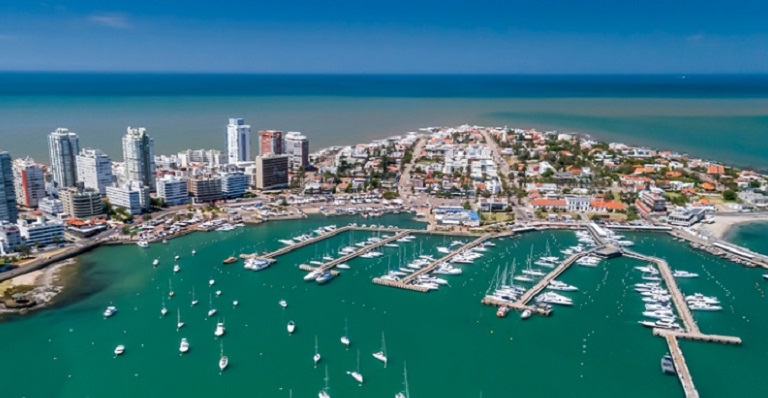
Chile
With one of the most liberal foreign investment regimes in the world, Chile is an ideal market for Canadian exporters.
A positive outlook for the next 6 months
A positive outlook for the next 6 months

Canadian companies searching for untapped potential should look beyond traditional developed markets and consider the potential of emerging markets—what we call "markets of opportunity."
Many emerging markets offer lucrative, untapped business prospects, if assessed carefully. How can you determine if a market is a good fit for your business? By using specific quantitative indicators that, when bundled together, give you an overall snapshot of market potential compared to your company’s capabilities.
Our country analysts have identified the top three emerging countries by region using these criteria (out of 113 reviewed within the markets of opportunity).

With one of the most liberal foreign investment regimes in the world, Chile is an ideal market for Canadian exporters.

A major logistical hub, Panama is headquarters to a growing number of private sector firms and international agencies.

A major logistical hub, Panama is headquarters to a growing number of private sector firms and international agencies.

Business in Uruguay is strengthened by its stable economic and political environment, strong bank supervision and high levels of international reserves.

Business in Uruguay is strengthened by its stable economic and political environment, strong bank supervision and high levels of international reserves.

Among the world’s fastest growing economies, India attracts foreign investment with competitive labour costs, high-potential markets and a skilled workforce.

Excellent infrastructure, transport connectivity and a healthy financial sector make Malaysia a key market for many Canadian exporters.

Excellent infrastructure, transport connectivity and a healthy financial sector make Malaysia a key market for many Canadian exporters.

Home to one of the world’s largest economies and globally integrated supply chains, China is a top export destination for Canadian business.

Home to one of the world’s largest economies and globally integrated supply chains, China is a top export destination for Canadian business.

Despite being one of the smaller countries in the EU, Hungary’s steadily growing economy provides an excellent foundation for international business.

Given its sizable population and growing middle class, Poland is becoming a growing market of interest to international businesses.

Given its sizable population and growing middle class, Poland is becoming a growing market of interest to international businesses.

Canada’s established trade and investment relationship with Romania has created great potential for future opportunities.

Canada’s established trade and investment relationship with Romania has created great potential for future opportunities.

The UAE’s successful efforts at economic diversification have created a broad scope of opportunities across all sectors.

Canada’s established trade and investment relationship with Bahrain has opened business opportunities across a wide range of sectors.

Canada’s established trade and investment relationship with Bahrain has opened business opportunities across a wide range of sectors.

Qatar boasts one of the highest per capita incomes, lowest unemployment levels and real GDP growth of over 10.7% annually since 2008.

Qatar boasts one of the highest per capita incomes, lowest unemployment levels and real GDP growth of over 10.7% annually since 2008.